Molsheim and the Counter-Reformation tells the story of a small Alsatian town that rose to prominence as a Catholic stronghold in the shadow of Protestant Strasbourg.
In the late 16th and early 17th centuries, its Jesuit college, monasteries, and university shaped the region’s religious identity — but also set the stage for one of the most tragic witch trials in Alsace.
Let's find out more about this fascinating piece of Alsatian history.
From Geneva to Alsace
It was last month. I was strolling through the old town of Geneva, the world capital of Swiss watches… and of the Protestant Reformation.
Here, history is no laughing matter: the Reformation Wall, set in the heart of the Parc des Bastions, lines up its statues of Calvin, Farel, Knox, and company with the solemnity of an eternal jury.
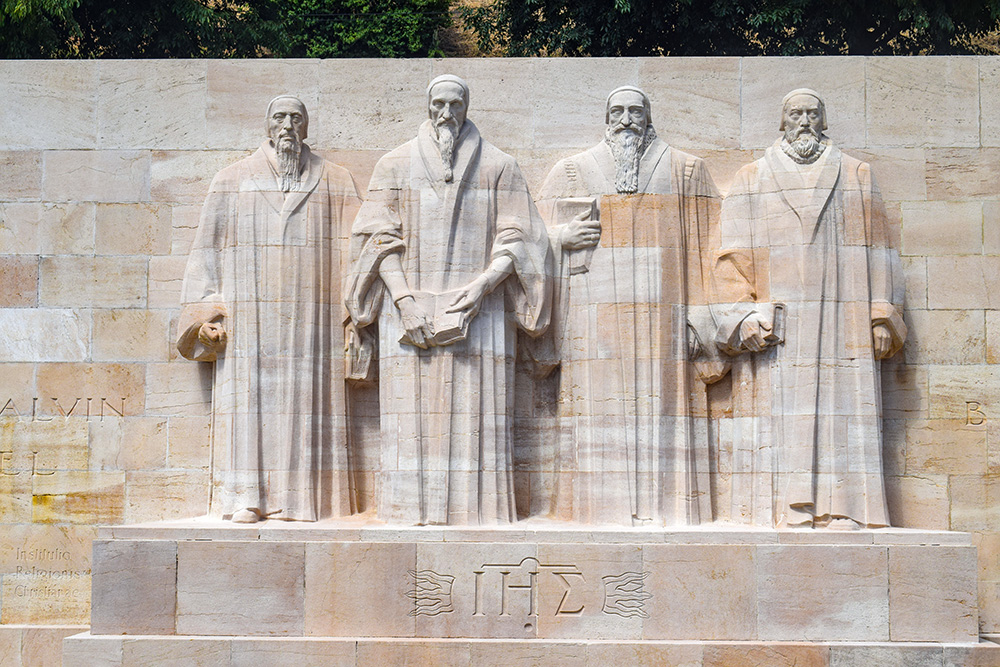
The Reformation Wall, Geneva © French Moments
The faces are stern, the beards trimmed, the gazes unflinching.
You almost feel as though the slightest frown could condemn you to three hours of improvised preaching.
As I studied these stone giants, my thoughts wandered to another town — much smaller, yet just as determined to defend its faith: Molsheim, in Alsace.
But before setting foot on the Alsace Wine Route, let’s make a detour via Annecy.
Annecy, the Plan B for the Bishop of Geneva
When Geneva turned to Protestantism in the 16th century, the Catholic bishop suddenly found himself locked out.
His destination: Annecy, under the protection of the Duchy of Savoy, which had remained loyal to Rome.
The lakeside town became a sort of “Catholic Geneva in exile”, a forward base for the Counter-Reformation.
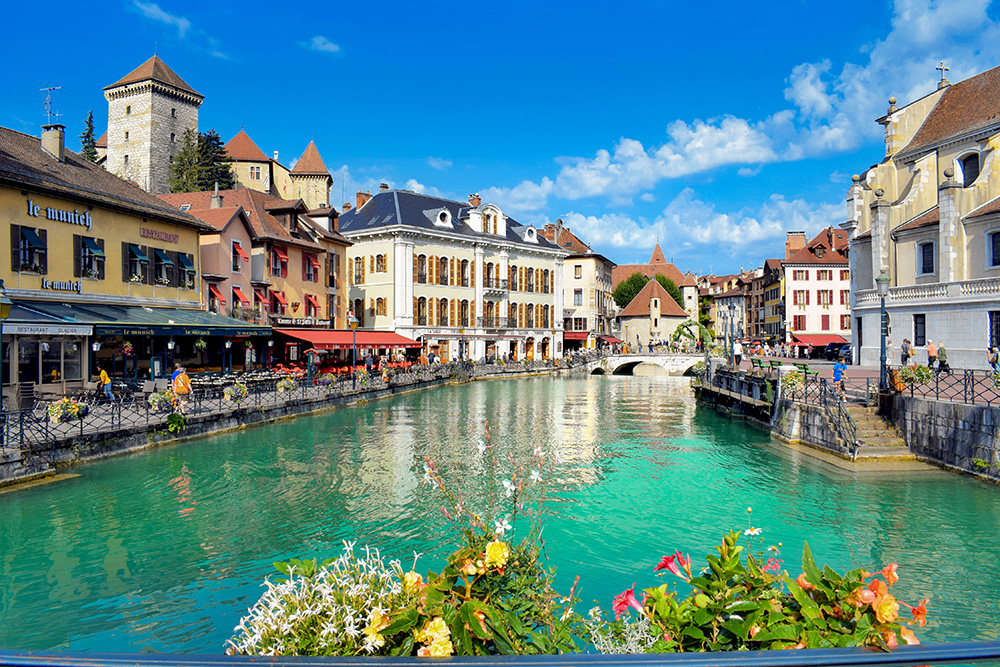
Annecy, The Venice of the Alps © French Moments
I know Annecy like the back of my hand… and, glancing between the canals of the “Venice of the Alps”, I imagine the old processions, theological disputes in the narrow streets, and missionaries sent to regain a foothold on the other lake (Annecy’s, of course!).
And then the story carries me further north-east, across mountains, the Rhine, and vineyard-covered slopes, until I reach Molsheim.
Here, it’s the same pattern: a town that became a refuge and headquarters for a besieged Catholicism.
Molsheim and the Counter-Reformation
Molsheim, the Counterweight to Strasbourg
By the end of the 16th century, Strasbourg had embraced the Reformation and become a beacon for Protestantism in the region.
For the Catholic bishop, it was vital to find a secure stronghold… and that would be Molsheim.
In 1580, the Jesuits arrived with a clear mission: to educate, convert, and train leaders capable of defending Rome’s faith against the Protestant tide.
Within the first week, the new college was overflowing with pupils — proof that there was an audience, and also that curiosity and intellectual ambition were not the sole preserve of the Protestants.
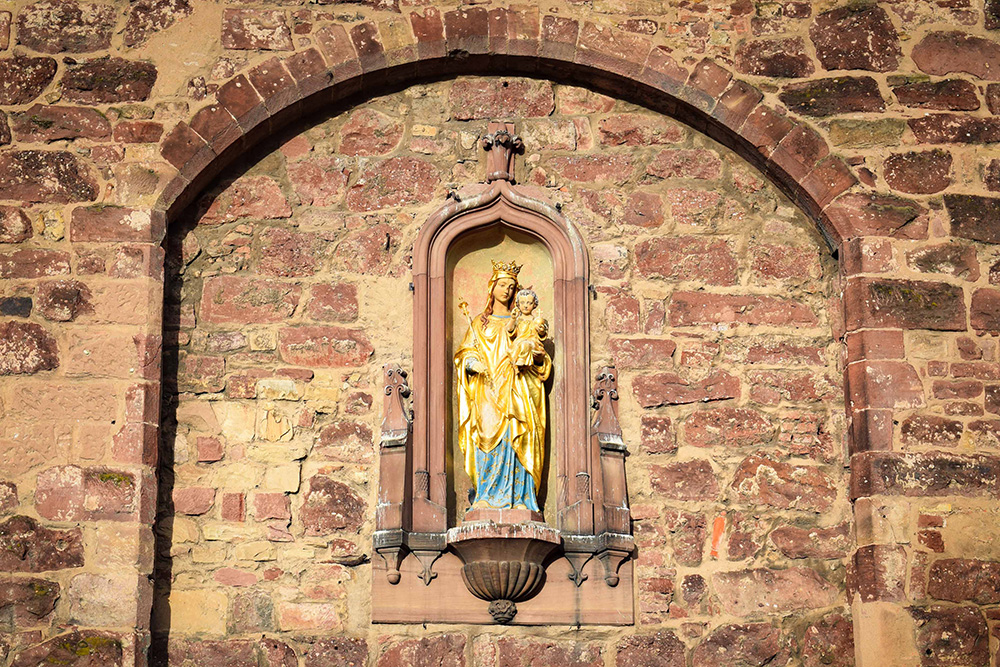
Virgin and the Child, Porte des Forgerons © French Moments
A small town with a lot of cassocks
Within a few decades, Molsheim was topped with monastic roofs and filled with the scent of fresh ink.
The Benedictines, Carthusians, and Capuchins joined the Jesuits.
In 1617, the town was granted the status of a university “Academy” thanks to Pope Paul V and Emperor Ferdinand II.
Here, philosophy and theology were taught — nothing less than the intellectual weapons of the Counter-Reformation.
But this flurry of activity did not please everyone.
Protestant Strasbourg, the neighbouring city, eyed with suspicion this town where church steeples rivalled the towers of the ramparts.
Tensions were not only verbal: several times, Strasbourg’s troops laid siege to, bombarded, and plundered Molsheim.
The sort of neighbourly relations you won’t find in tourist brochures.
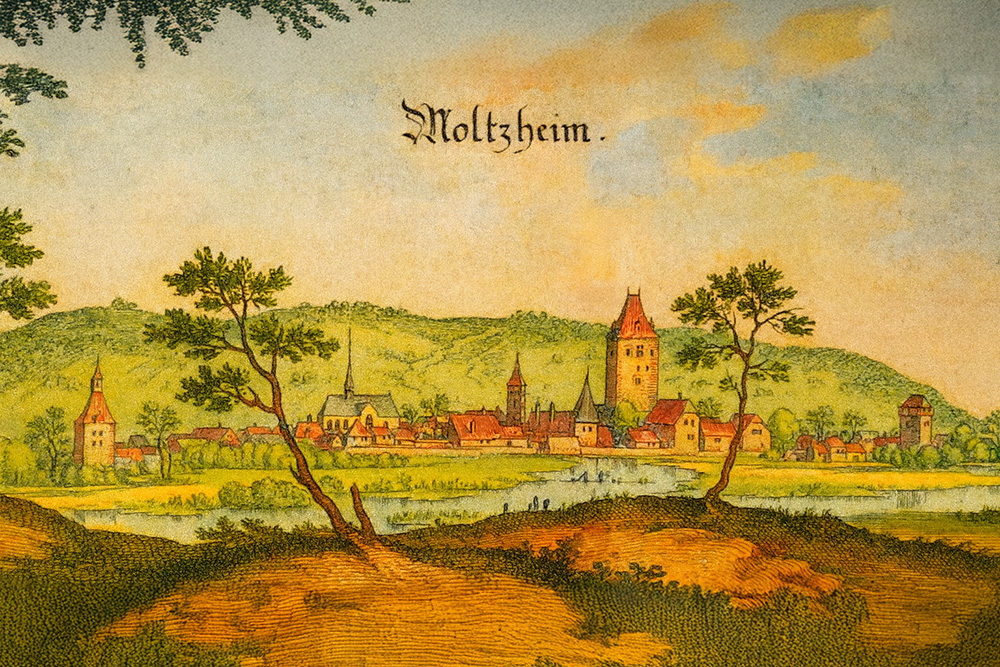
Molsheim in the past. Original image: Public Domain via Wikimedia Commons
1630: Fear changes its face
It was in this already tense context that, in 1630, an affair erupted which would leave a lasting mark on local memory: a witchcraft trial.
At first, nothing particularly original for the time: whispers that spells had been cast, cows wasting away mysteriously, crops lost.
The rumour swelled, and scapegoats were named.
But this time, the machine ran out of control — and not just a little.
Between 1590 and 1630, seventy-six people ended up at the stake in Molsheim — and not just “old women with black cats” as the clichés would have it.
Among them, thirty-three children aged between eight and sixteen, almost half the victims. Yes, children. Twenty-seven boys and six girls.
The town’s register — the sinister Blutbuch (the “Book of Blood”) — also records 113 adults executed between 1620 and 1630, only eleven of them men.
Confessions? Extracted under torture, of course.
The “evidence”? A coughing cow, a neighbour who looked at you the wrong way, or a bad dream after too much sauerkraut.
And when the verdict fell, the pyres were lit.
Flames crackled in the public square.
The town, so proud of its theological debates, became a tribunal of fear… and an improvised crematorium.

By the Jesuit church in Molsheim © French Moments
When the shadow falls on the Catholic camp
But burning “witches” — especially when half of them are still in short trousers — eventually became a problem.
Firstly, because certain influential families began to see their own relatives disappear in the smoke.
Secondly, because it dawned on people that an accusation could serve any purpose: settling an old neighbourly feud, speeding up an inheritance, or simply getting revenge for a harsh word.
Little by little, the machine slowed down: fewer executions, more discreet banishments.
And then the Thirty Years’ War, already underway, shifted attention to other urgencies… less mystical, but just as deadly.
The result: Molsheim kept its reputation as a Catholic stronghold, but with a dark stain on its record — that, for several decades, it had sacrificed dozens of innocents on the altar of collective fear.
Back to Molsheim, December 2018
The last time I saw Molsheim was on a biting cold December day.

Molsheim, Alsace © French Moments
I was driving from Saverne to Obernai and decided, on a whim, to stop and see “that famous big Jesuit church” I’d heard about.
I didn’t yet know that its walls had once sheltered professors, students, and exiled bishops… or that just a few streets away, nearly four centuries earlier, the acrid smoke of pyres had filled the air.
Today, linking in my mind the Reformation Wall of Geneva, the shores of Annecy, and the cobbled streets of Molsheim, I realise how much 17th-century religious Europe resembled a chessboard… where the pieces moved quickly, and sometimes, burned.
Molsheim today: a past that whispers
Molsheim is peaceful now, proud of its heritage, and often associated with Bugatti or the Alsace Wine Route.
But scratch a little beneath the surface — behind the fine façades and the café terraces — and you can still hear the echo of black cassocks, fiery debates… and the muffled cries beneath the crack of burning wood.
It’s a page of history not always given pride of place in guidebooks, yet one that gives the town a unique depth.
Here, the Counter-Reformation was not an abstract idea: it was daily life.
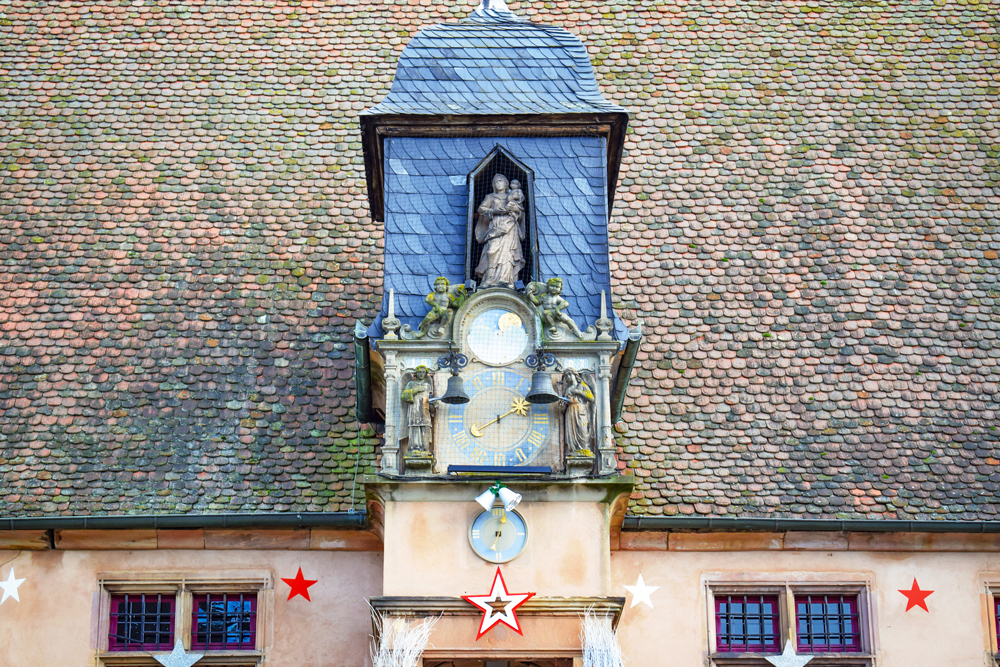
The Jacquemarts clock of the Metzig in Molsheim © French Moments
BONUS – The Jesuit Church: the “great vessel” of Molsheim
It’s impossible to miss its massive silhouette dominating the historic heart of the town.
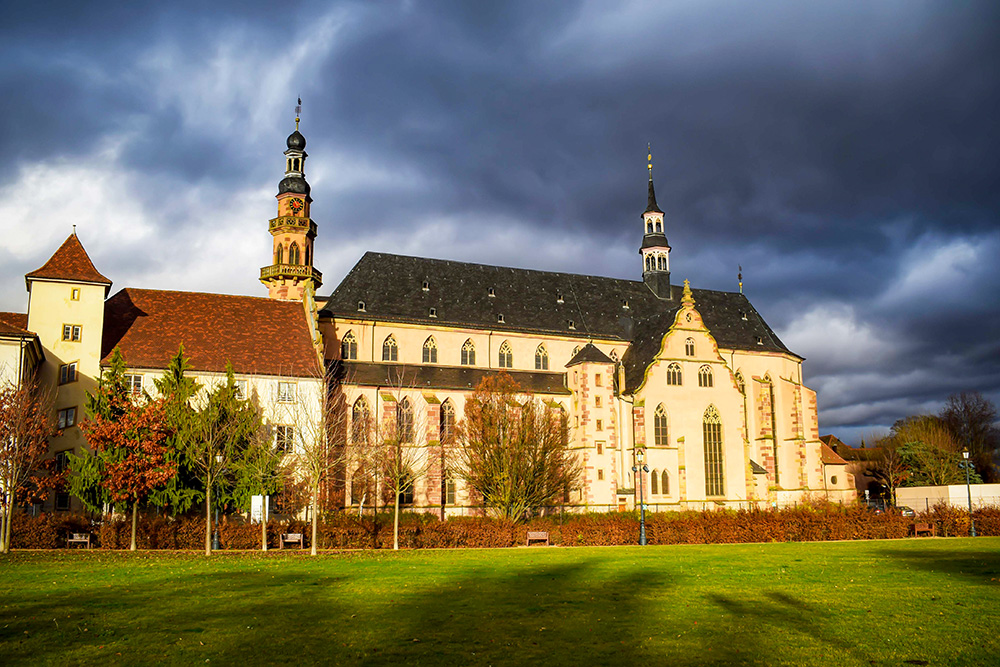
Molsheim: the Jesuit Church © French Moments
Built between 1615 and 1617, the Jesuit Church is the architectural masterpiece the Counter-Reformation left to Molsheim.
The moment you push open the heavy door, you’re struck by the vertical sweep of the nave, bathed in clear light.
White walls and soaring columns create an almost theatrical sense of space, heightened by richly crafted furnishings: stuccoes, carved woodwork, side altars adorned with marble and gilding.
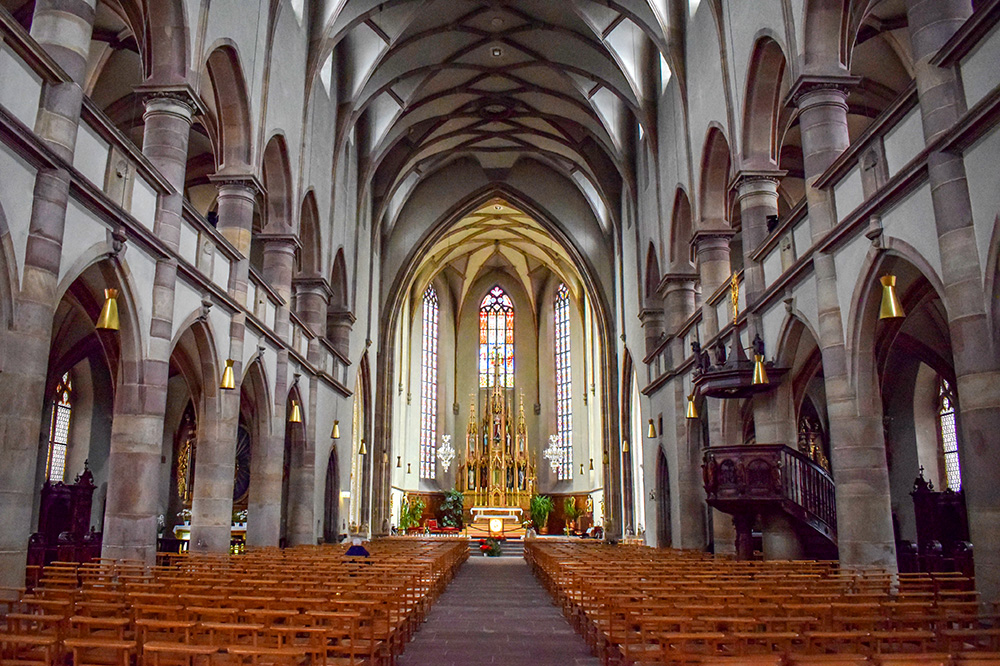
The nave of the Jesuit church, Molsheim © French Moments
At the far end, the high altar draws the eye with its spectacular Baroque composition — a blend of polychrome marble and angelic figures.
The whole is both imposing and harmonious, perfectly designed to impress the faithful… and, at the time, to remind them of the Jesuits’ intellectual and spiritual might.
Don’t miss the superb organ, a masterpiece by the Silbermann workshop, its carved case seeming to float above the floor.
Concerts held here benefit from remarkable acoustics — yet another reason to check the programme before you visit.
Outside, the austerity of the façade contrasts sharply with the richness within, a hallmark of Jesuit architecture: sobriety for the town, splendour for God.
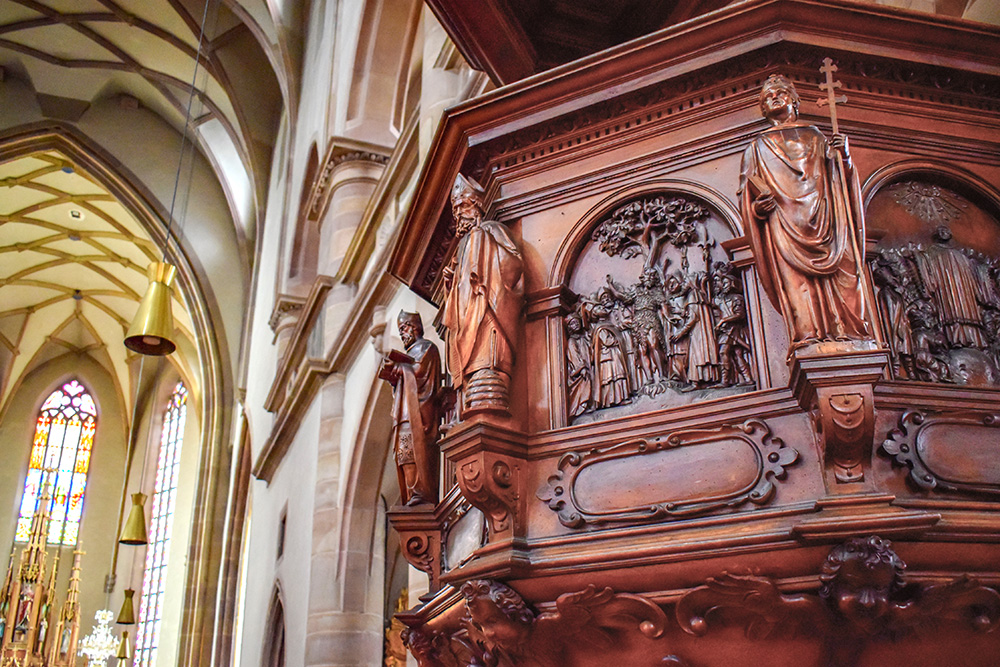
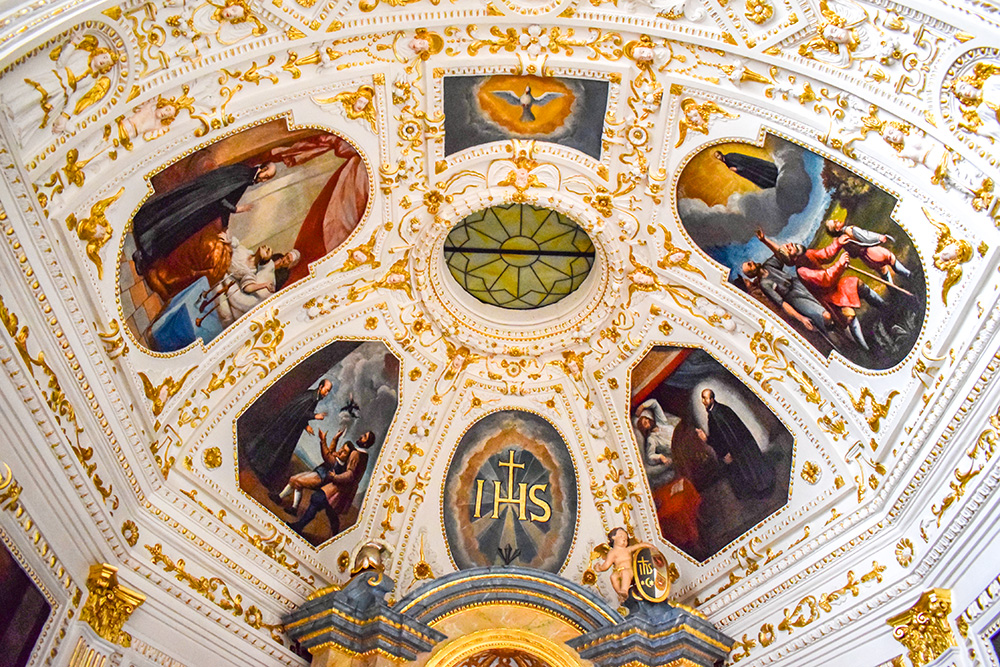
Jesuit Church, Molsheim © French Moments
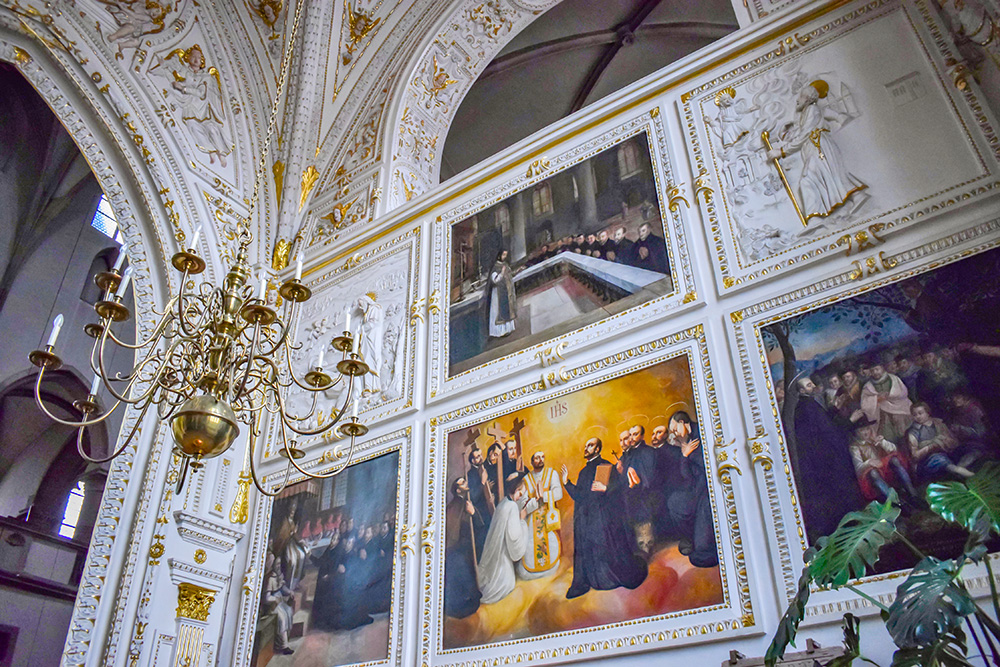
Jesuit Church, Molsheim © French Moments



